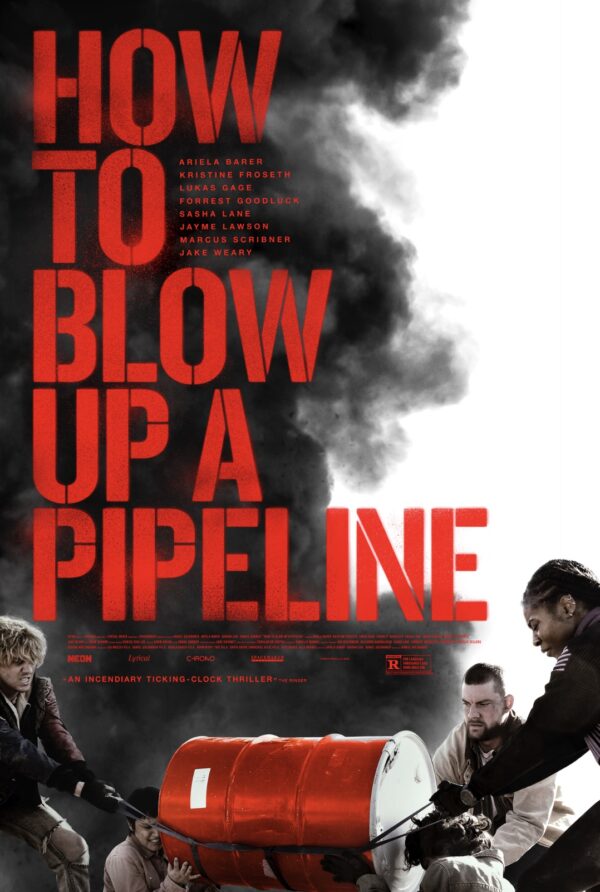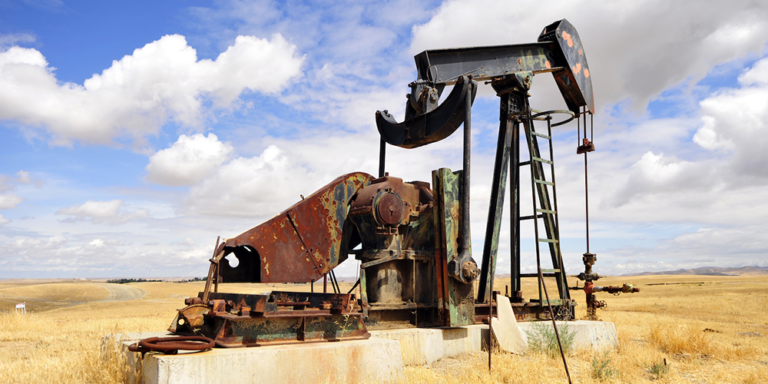Remember when the film “Joker” came out in 2019? While some viewers praised the movie, others raised quite a stink, including Kathleen Newman-Bregmang, a writer for Refinery29.
She claimed the film fell somewhere between a “near-perfect masterpiece, or…a dangerous manifesto for radical and lonely white men to look at (Joker) as heroic instead of villainous.”
Warner Brothers, which produced “Joker,” made it very clear that the film was fictional and not intended to glorify real-world violence. There is a thick line between fiction and reality.
That line becomes blurred when we interpret films as more than just films. If “Joker” is guilty of promoting violence, almost every video game is just as guilty.
The research linking fictional violence and real-world brutality is mixed. Many studies have found no connection between violent movies and video games to real-life violence. Others say the effects of violent media are subtle, cumulative, and indirect. It’s kind of like unhealthy eating. Nobody will become obese from eating one Fatburger, nor get lung cancer from smoking a single Marlboro man, but that does not mean that there are no negative effects from a steady diet of unhealthy habits.
That said, there is no evidence that watching one action movie will turn viewers into violent anarchists. Apparently, Alberta’s energy regulator missed that memo.
A new fictional film titled “How to Blow Up a Pipeline” has federal and provincial agencies across North America quaking in their boots. Emphasis on ‘fictional.’
The film’s plot revolves around eight environmental activists deciding to blow up an oil pipeline in West Texas.


On Monday, the Alberta Energy Regulator (AER) released a bulletin accusing the film of promoting “violent action against oil and gas infrastructure, particularly pipelines.”
In addition to its incompetence in providing “safe, efficient, orderly, and environmentally responsible development,” the AER has terrible timing.
This bulletin was posted the same day the AER testified before the Standing Committee on Environment and Sustainable Development in Ottawa about its mismanagement of the huge Kearl toxic tailings leaks.
During the hearings, AER CEO Laurie Pushor had no problem shutting his mouth. He dodged questions about the AER’s handling of the situation.
“By failing to answer my questions, Mr. Pushor has shown…contempt for Canadians, particularly the impacted First Nations and Métis communities,” commented Edmonton Strathcona MP Heather McPherson.
Instead of coming clean on its colossal Kearl bungle, AER was getting its knickers in a knot over a fictional movie. Meanwhile, Indigenous communities are living in fear of the water they drink and the food they eat.
In what world does denouncing a fictional movie take precedence over answering questions about a toxic spill that could impact the lives of many?
In response to the new movie, the energy regulator urges pipeline operators to “increase their level of awareness, review their security and emergency response protocols, and monitor this evolving situation.”
In an ominous statement, the AER claims it has “taken additional measures and (is) prepared to respond should the need arise.”
Let’s get this straight, the AER is fully prepped to deal with the very unlikely event of a wacko trying to act out the plot of a fictional movie, but can’t seem to respond in a timely way to the frequent toxic spills happening under its mandate.
As David Climenhaga wrote in AlbertaPolitics.ca, “We Albertans may not be able to be confident our provincial officials are working very hard to prevent leaks and spills of toxic materials, but at least we know that when the going gets tough, the tough review movies.
Talk about misplaced priorities.
When I watched “America Psycho,” I was worried about not having enough butter on my popcorn. I wasn’t concerned about turning into a raging misogynist.
The same can be said for moviegoers that see “How to Blow Up a Pipeline.”
The sooner the AER gets its head out of its ass, the better.






